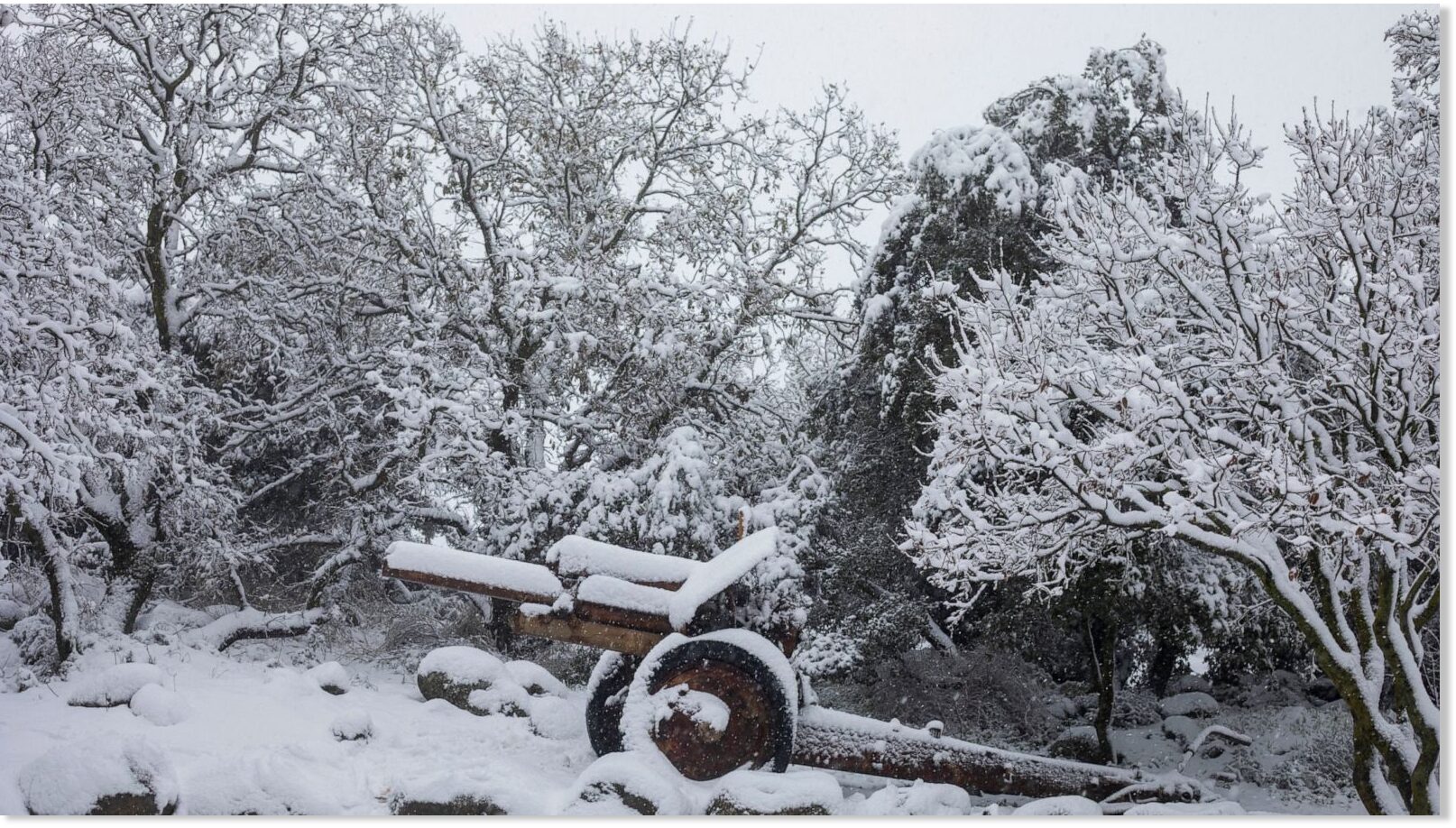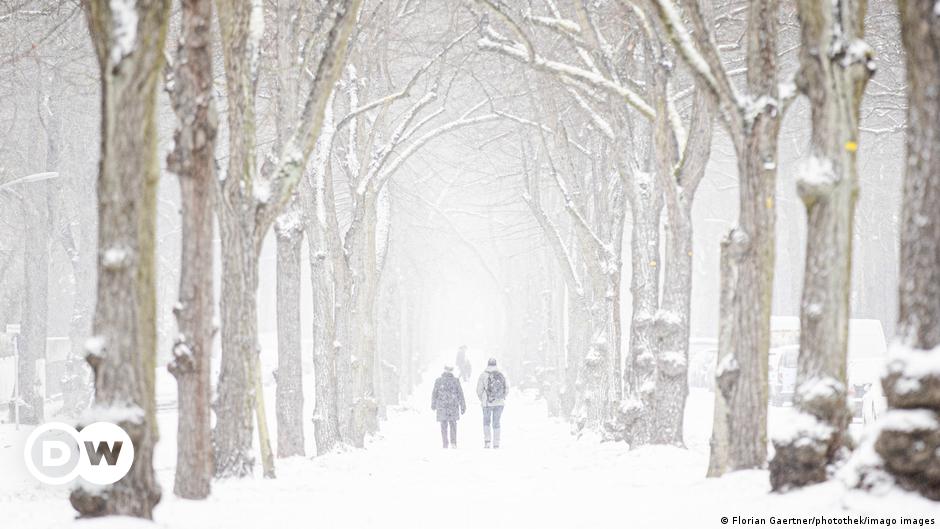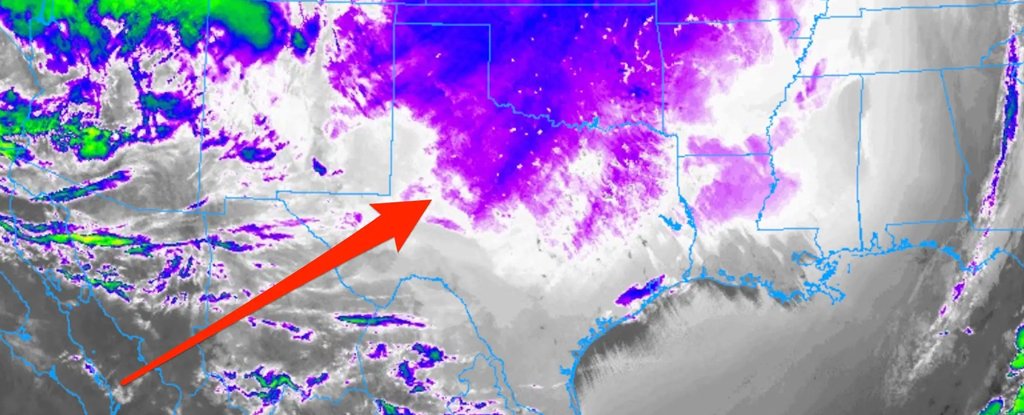The fluctuations in the Earth’s climate from warming to cooling will occur continually, and it would not be fair to say that the climate is developing towards any particular continuous state. Such conclusions were drawn thanks to the multiscale mathematical modeling of the influence of Arctic ice on climate change, which was conducted by Ural Federal University researchers and supported by the Russian Science Foundation (three-year grant No. 16-11-10095).
‘Dynamic transitions from warming to cooling have been taking place many times over the history of the Earth’s evolution, and, compared with that, the anthropogenic impact and a number of natural processes are merely background noise that only sways the “climate swing”,’ Dmitry Alexandrov, professor at the Department of Theoretical and Mathematical Physics, says. ‘Therefore, the right question is not whether global cooling or warming will occur, but how much time is left until it happens.’
According to Dmitry Alexandrov, the results of the scientific research demonstrate the complex non-linear dynamics of the evolution of Arctic ice and the Earth’s climate as a whole. Fluctuations of physical parameters that model natural processes and human activity lead to random walks of phase trajectories in the vicinity of the basin of the Earth’s climate limit cycle attraction. Nevertheless, as the noise intensities increase, stochastic-induced deviations become more significant and provide for the occurrence of irregular oscillations from warmer to colder states and back.
‘From a physical standpoint, a noise-induced increase in temperature is responsible for the observed warming of the Earth’s climate,’ Dmitry Alexandrov says. ‘Such warming is accompanied by an increase in the level of greenhouse gases in the Earth’s atmosphere, leading to an increase in temperature, intensive melting of ice in Greenland and Antarctica, a strong influx of fresh water into the world ocean, and an increase in its level. However, as shown by the data of the conducted mathematical modeling, the local temperature rise abruptly changes to a fall, and to significantly lower numbers in absolute value of the quantity.’
Physically, this is due to the general world ocean circulation disruption. For example, one of the most important circulations is the circulation of water from the equator to the poles and vice versa: at the poles, more salty and cold water moves along the ocean floor towards the equator, where it heats up, rises and goes in the opposite direction (to the poles) along the ocean surface. However, a large influx of fresh water into the world ocean due to large-scale melting of ice disrupts the established circulation due to the lower density of melt water compared to saline sea water. This mechanism leads to a weakening of the surface flow of warm water from the equator to the poles and particularly to a significant weakening of the Gulf Stream, which is currently established experimentally. The latter immediately entails a significant cooling in North America and Europe, and then leads to a cooling of the Earth’s climate as a whole and the emergence of a direct threat to the existence of animals and humans on the planet.
‘Since climate change is of an irregular oscillatory nature, the cooling will be replaced by warming, climate oscillations will be repeated again and again,’ Dmitry Alexandrov says. ‘Therefore, global warming is a mechanism for global cooling.’
To formulate more detailed forecasts based on mathematical modeling data, it is necessary to consider several fundamentally important additional factors affecting ice melting and the dynamics of the Earth’s climate: fluctuations in solar activity, humidity, human activity function (operation of industrial enterprises, deforestation, etc.), desertification. A proper account of the influence of astronomical forcing (changes in the tilt of the earth’s axis and the shape of the earth’s orbit over time) is necessary as well.
‘In general, mathematical modeling of a paleoclimate is able to determine its evolutionary behavior,’ Dmitry Alexandrov adds. ‘For successful modeling and forecasting of nonlinear climate dynamics, it is necessary to take into account the fluctuations of a larger number of prognostic variables, reflecting the most important physical processes and natural phenomena, and the variations of other parameters, which change less strongly, should be considered as external noise. Thus, the model of climatic dynamics approximated to reality becomes stochastic, and the evolution of paleoclimate is largely determined by noise-induced transitions between the attraction basins of climate attractors.’
 .
. .
.




